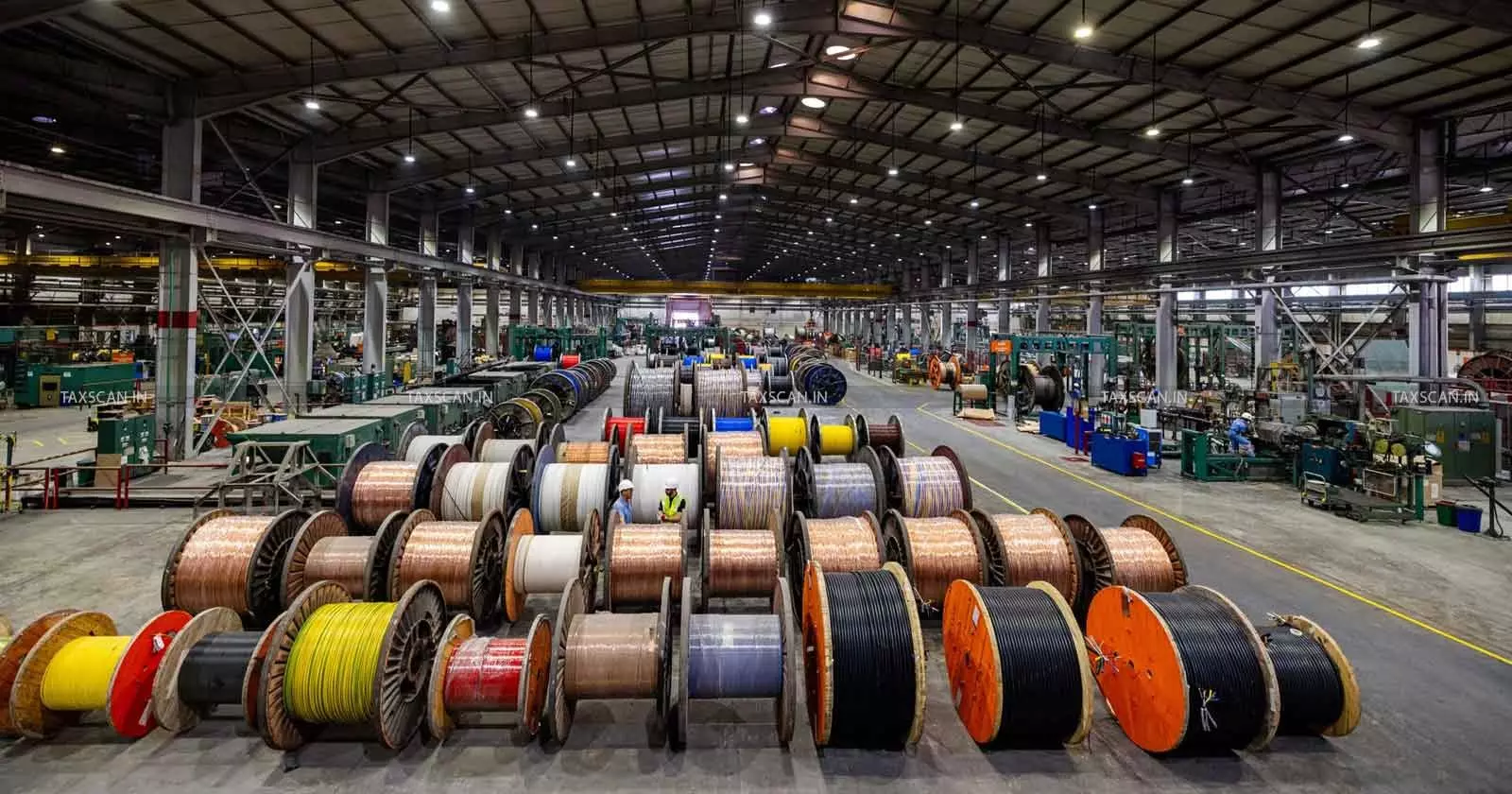The Gujarat Authority for Advance Ruling (AAR) has ruled against the claim of input tax credit (ITC) for Goods and Services Tax (GST) paid on construction services related to a 152-meter concrete tower. This tower, which houses Vertical Continuous Vulcanization (VCV) lines, is used by KEI Industries for the production of extra-high voltage cables. The decision was based on the interpretation of whether the structure could be classified as “plant or machinery” under GST law.
KEI Industries, a power cable manufacturer based in Ahmedabad, in collaboration with Swiss firm Brugg Kabel AG, had sought clarification on the possibility of availing ITC for the construction of this specialized tower. The tower, equipped with passenger lifts, material handling systems, and fire safety infrastructure, supports the VCV process, a vertical cable insulation method that requires precision engineering. The company argued that the concrete foundation and support were integral parts of their manufacturing “plant and machinery,” making them eligible for ITC under Section 17(5) of the Central Goods and Services Tax (CGST) Act.
The AAR bench referred to the Supreme Court’s Safari Retreats (2024) judgment, which established key criteria for ITC eligibility on immovable property constructions. The apex court had ruled that buildings used for business operations generally do not qualify for ITC unless they pass the “functionality test,” which proves that the structure itself functions as plant equipment rather than merely housing it.
Members Kamal Shukla and P.B. Meena noted that while KEI’s concrete tower was technically sophisticated, it primarily served as structural support for manufacturing equipment rather than functioning as plant machinery itself. The ruling stated: “When construction is for the taxable person’s own use either for personal purpose or as a business setting the input tax chain breaks under Section 17(5)(d).”
The authority differentiated KEI’s case from the Central Board of Indirect Taxes and Customs’ (CBIC) 2024 circular, which allowed ITC for optical fiber cable ducts. It clarified that the exception applies only to components that directly function as network apparatus. While KEI cited multiple precedents, including Sirpur Paper Mills (1979) and Scientific Engineering House (1986), the bench found these income tax rulings irrelevant to GST’s specific blocking clauses.
The AAR stated that KEI failed to prove that the tower was not for “own account” use, a prerequisite under the Safari Retreats test. The structure’s exclusive dedication to cable manufacturing operations meant it functioned as business premises rather than standalone plant equipment.
For KEI Industries, this implies that the significant GST paid on cement, steel, and construction services for their ₹300-crore VCV tower project will not qualify for input credits. The company may need to bear these costs or consider alternative financial strategies for future expansions.
In conclusion, the applicant is not eligible to avail ITC on inputs and input services used for the construction of the concrete tower.

